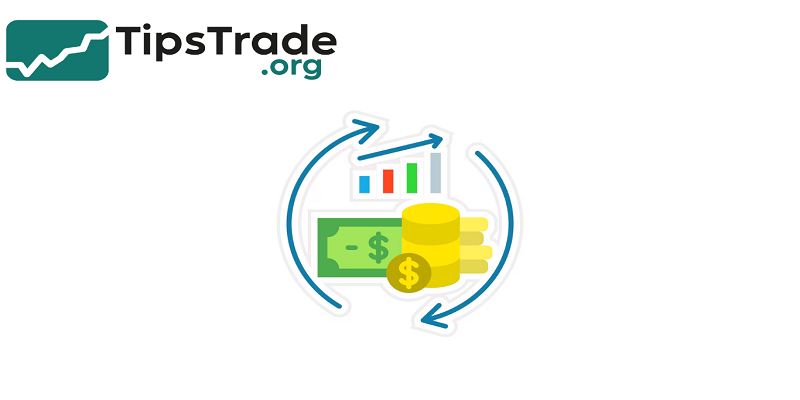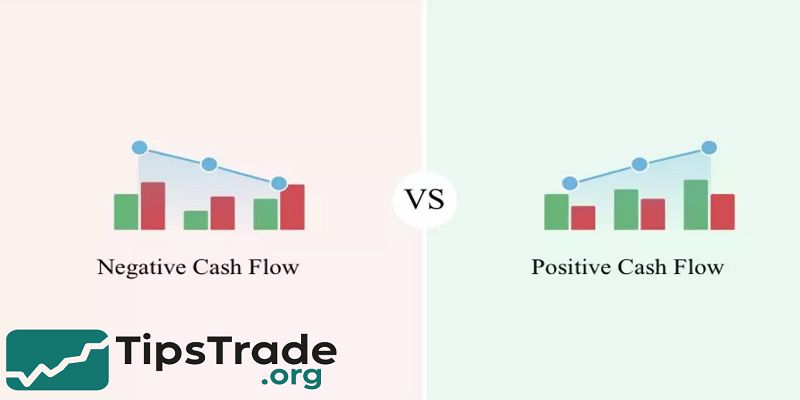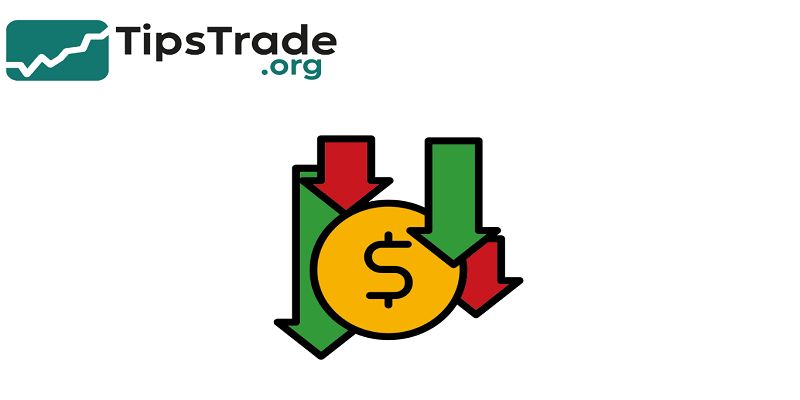Free Cash Flow (FCF) has become one of the most important financial metrics for investors, analysts, and business owners in modern markets. Unlike accounting-based profit, which can be influenced by amortization, tax rules, or revenue recognition methods, FCF shows how much real cash a business generates after paying its operating expenses and capital investment. Visit tipstrade.org and check out the article below for further information
What Exactly Is Free Cash Flow?

Free Cash Flow (FCF) represents the cash that remains after a business pays for operations and capital expenditures (CapEx). In simple language, it shows the amount of money a business is free to use however it wants. Analysts prefer FCF over profit because it reflects real liquidity. For example, a company might report positive net income but still struggle to pay suppliers if cash is tied up in inventory.
FCF avoids that confusion by focusing only on actual money movement, not accounting estimates. According to a report from McKinsey & Company, companies with consistently positive FCF tend to outperform the market, especially in consumer goods and technology sectors.
From a strategic perspective, FCF also signals whether management allocates capital wisely. If a company continually earns strong cash while limiting unnecessary spending, it builds long-term financial stability.
Meanwhile, companies with weak or negative FCF may depend on debt, equity dilution, or short-term financing just to survive. For that reason, investors often review FCF over several years, not just one quarter, to understand a company’s real stability.
How to Calculate Free Cash Flow

There isn’t just one formula for FCF, but all versions lead to the same meaning: cash after essential spending. The most common formula is:
FCF = Operating Cash Flow – Capital Expenditures (CapEx)
- Operating Cash Flow shows cash generated from core operations, found in the Cash Flow Statement.
- Capital Expenditures represent investments in equipment, property, technology, or infrastructure.
- When CapEx is high, FCF decreases because the company is investing for long-term growth.
Other common formulas include:
- FCF = EBITDA – Taxes – Change in Working Capital – CapEx
- FCF = Net Income + Depreciation – Change in Working Capital – CapEx
All methods measure available cash after operations and investment.
Example:
- Operating Cash Flow: $150M
- CapEx: $50M
If the company repeats this performance for several years while revenue grows, it becomes a strong candidate for investment. Meanwhile, if FCF declines steadily while costs rise, analysts may see future financial risk.
Positive vs Negative Free Cash Flow

A positive FCF is almost always a good sign. It means the company generates more cash than it spends, allowing it to:
- Pay dividends
- Repurchase shares
- Reduce debt
- Invest in new markets
- Build reserves for hard times
Many leading companies — Apple, Microsoft, Google — maintain extremely high FCF. This is why they continue buying back shares and paying increasing dividends every year.
However, negative FCF is not automatically bad. Young, fast-growing companies often spend aggressively on research, factories, or expansion. Amazon famously reported negative FCF for years while scaling warehouses and logistics. Today, Amazon is one of the
Operating Cash Flow vs Free Cash Flow
Operating Cash Flow (OCF) shows how much cash a business earns from daily operations. Free Cash Flow goes further by subtracting capital investments. This is why OCF alone can be misleading.
A company may generate strong OCF but also spend massive money building new factories, resulting in weak FCF.
Simple comparison:
| Metric | Includes CapEx? | What It Means |
| Operating Cash Flow | No | Cash from normal operations |
| Free Cash Flow | Yes | Cash left after investments and spending |
Investors prefer FCF because it shows real spending behavior. If OCF is rising but CapEx stays under control, FCF improves. If OCF stays flat but CapEx rises rapidly, FCF shrinks, and the business becomes riskier.
Free Cash Flow Yield
FCF Yield measures how much free cash a company generates compared to its market value.
Formula:
FCF Yield = Free Cash Flow / Market Capitalization
If the yield is high, the company produces strong cash relative to price — often a sign of undervaluation.
Example:
- FCF: $200M
- Market Cap: $2B. FCF Yield = 10%
Professional analysts often consider 5–7% attractive for stable industries. In a turbulent market, companies with strong FCF Yield are safer because cash supports dividends and debt payments.
Warren Buffett has often used cash-based valuation strategies, and many value investors prefer FCF Yield over P/E ratio because cash is harder to manipulate than earnings.
Why Free Cash Flow Matters for Investors
- Unlike profit, FCF does not depend on non-cash items such as depreciation. It shows raw financial strength.
- In private equity deals, hedge funds, and institutional analysis, FCF is one of the first metrics examined before large investments.
- Research from Harvard Business Review found that firms with rising FCF outperform firms with declining FCF because they make smarter capital decisions and avoid financial fragility.
How to Use Free Cash Flow in Stock Valuation
The most advanced way to use FCF is discounted cash flow (DCF) analysis. In a DCF model, analysts project future FCF and discount it to present value. The sum becomes the intrinsic value of a stock.
Basic DCF steps:
- Forecast revenue and profit growth
- Estimate future Free Cash Flow
- Apply discount rate (WACC)
- Sum present value of cash flows
- Compare intrinsic value with market price
This method avoids earnings manipulation because cash is harder to distort than profit. Many Wall Street analysts rely on DCF when evaluating mature, cash-generating businesses.
How Companies Use Their Free Cash Flow
A company with strong FCF gains flexibility. Common uses include:
Dividends — returning cash to shareholders
Share buybacks — reducing shares to increase value
Debt reduction — lowering interest and financial risk
Mergers and acquisitions — buying competitors
Research & development — future products
Cash reserves — protection against recession
This is why investors love companies with high FCF. They have options, while weak companies struggle to survive.
Limitations of Free Cash Flow

Even though FCF is powerful, it has weaknesses. Cash flow can change drastically from year to year, especially in industries with large capital needs. A company may look weak today but strong in 2 years. Seasonal businesses — aviation, retail, automotive — also show volatile FCF. Analysts therefore look at averages, not single years.
Other limitations:
- Companies can delay CapEx to artificially increase FCF
- Working capital changes can distort results
- Debt-financed spending may look safe, but risk increases
- FCF does not measure profit quality, only cash movement
Conclusion
Free Cash Flow is one of the most reliable indicators of business strength. Companies with healthy FCF can survive downturns, expand without debt, and return money to shareholders. Whether you are evaluating dividend stocks, growth stocks, or value opportunities, FCF provides deeper insight than profit alone.

